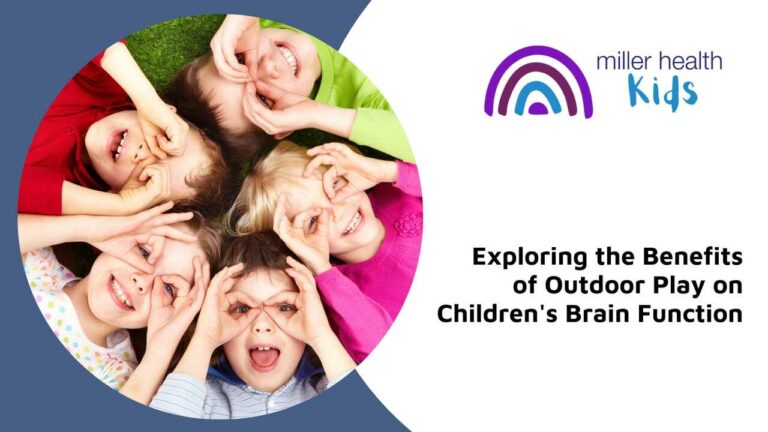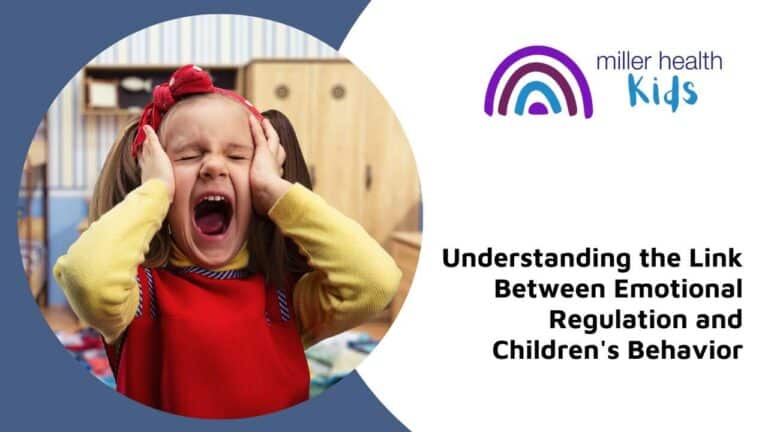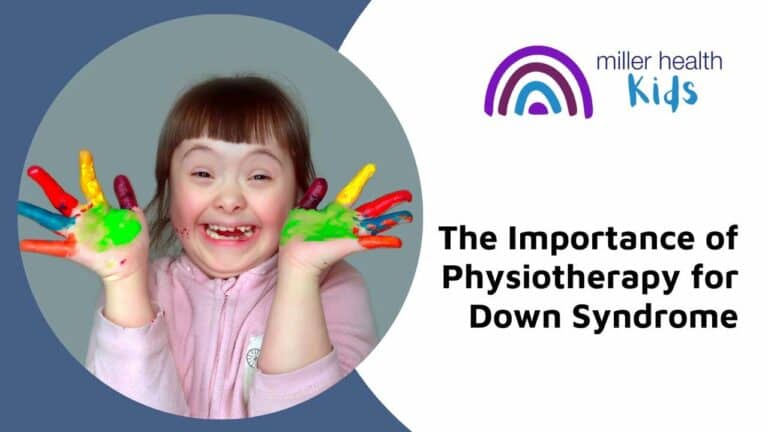
Are you concerned that your child likes to sit in the W position? Many children do, and most of them will outgrow it. Keep reading to find out when to ignore it and when you should bring your child to a Paediatric Physiotherapist.
What Is W-Sitting?
The W-Sitting position is when both knees are in front of the body and both feet are on either side of their hips, which then creates a W shape.
Why Does My Child W-Sit?
W-Sitting is quite common in children as it takes less effort and energy to maintain an upright position compared to other sitting positions.
W-Sitting also allows for ease of movement while playing. Sometimes children may not have strong enough leg or trunk muscles to keep them stable during play, so as a result, they widen their base of support to help with balance.
Is There a Problem With W-Sitting?
It is ok for children to W-Sit occasionally, as long as it is not their go-to position for a prolonged period of time. When children W-Sit for prolonged periods of time, it can start to have an impact on their development, especially if it continues past 2 years of age.
W-sitting can lead to walking pigeon-toed (in-toeing), having tight leg muscles, especially the hamstrings, having hunched/poor posture, altered hip motor development and weak tummy and back muscles.
If your child has been diagnosed with hip dysplasia, you will want to discourage W-Sitting as this will increase the chances of hip dislocations due to the increased internal rotation of the hip.
Alternatives to W Sitting
It is important to encourage different sitting positions for your child, in order for them to reduce the amount of time they spend W-Sitting. Some alternative positions that are recommended are:
If your child still has difficulty using one of the above as their new go-to position, you can always try getting your child to sit in a chair to avoid the ease of W-Sitting on the floor.
The best way to reduce W-Sitting is to incorporate an alternative sitting position into your child’s everyday routine and the earlier the intervention the better in order to avoid it becoming a long-term habit! The more your child uses these alternate sitting positions the more your child will develop stronger tummy muscles and feel supported.
Final Words
If your child is W-Sitting frequently or has other unusual postural habits, book an appointment with our kid’s physio or call us at 705-327-5400 to book a FREE 10-minute kids phone consultation!








